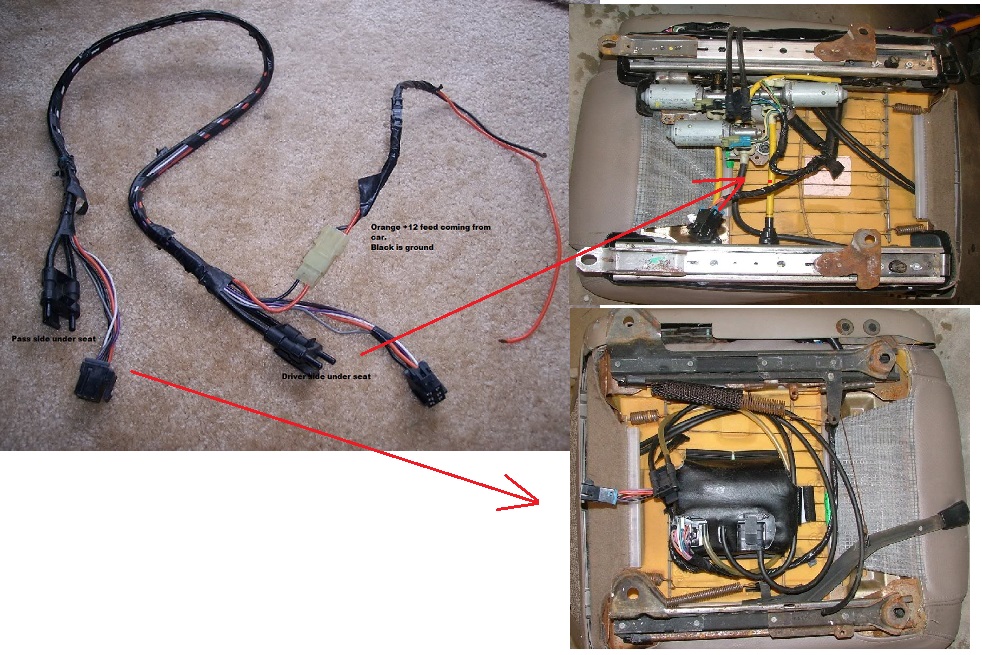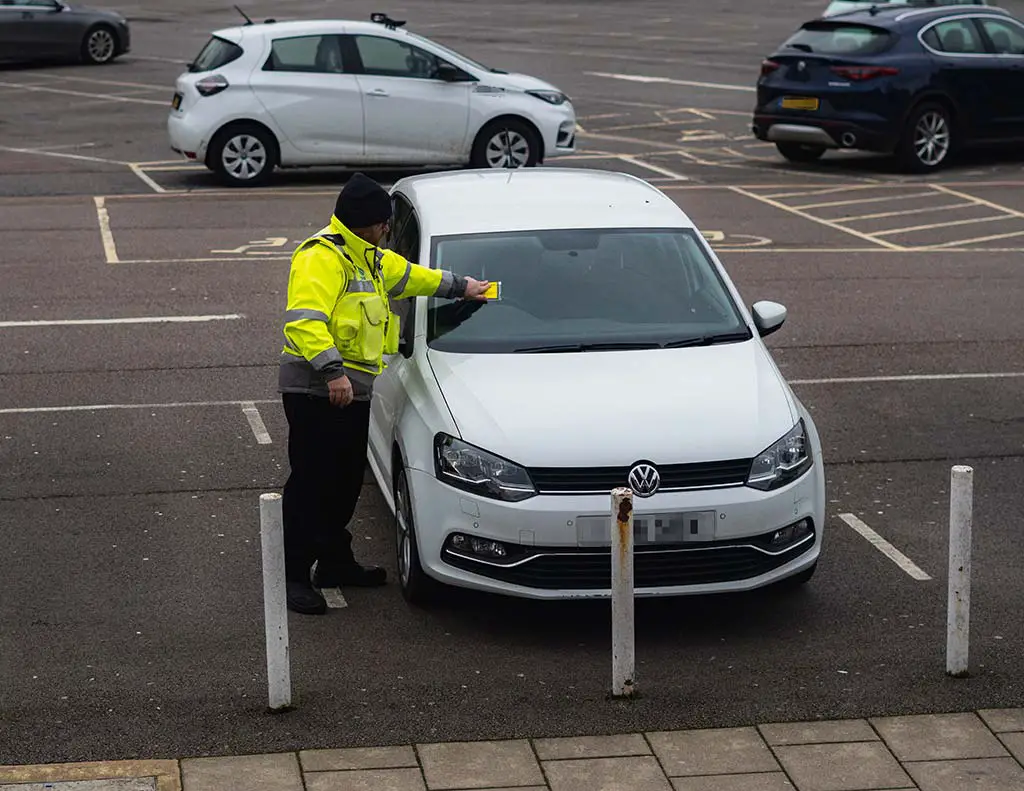How to Wire Power Seats: A Step-by-Step Guide
Upgrading to power seats is a fantastic way to enhance the comfort and luxury of your vehicle. While installing power seats might sound intimidating, wiring them is manageable with the right tools and a bit of patience.
This guide will walk you through the steps of how to wire power seats, giving your car an improved, custom feel.
Tools and Materials Needed
Before beginning the installation, gather the following tools and materials:
- Screwdrivers
- Wrench set
- Multimeter
- Wire strippers
- Electrical tape or heat shrink tubing
- Power seat wiring harness (if needed)
- Power source, such as a fused wire directly from the battery or an auxiliary fuse panel
Steps to Wire Power Heated Seats
1. Locate Mounting Points and Prepare the Seats
- Remove the current seats by loosening the bolts with a wrench. Ensure the mounting points for the power seats align with the vehicle’s frame. Some models may require seat adapters for proper fit.
2. Locate a Power Source
- Power seats need a stable 12V source. The safest option is to connect directly to the battery through a fused wire to prevent electrical shorts.
- Another option is to use an auxiliary fuse panel that accommodates aftermarket accessories. If using a fuse panel, choose a fuse slot rated for the power seats (typically between 15 to 30 amps).
3. Install the Ground Wire
- Attach a ground wire to the metal chassis of the vehicle to complete the circuit. This grounding point should be clean, free from rust or paint, and secured tightly for reliable grounding.
4. Test the Power Source with a Multimeter
- Before proceeding, use a multimeter to ensure the power source is delivering the correct voltage. Set the multimeter to DC volts, connect one probe to the power wire and the other to the ground, and confirm it reads around 12V.
5. Connect the Wiring Harness
- If your power seats come with a wiring harness, connect it according to the color-coded wiring (usually red for power, black for ground).
- If there’s no harness, connect the seat’s power wire to the vehicle’s power source and the ground wire to the chassis ground point.
6. Use Heat Shrink Tubing or Electrical Tape
- Cover any exposed wires with heat shrink tubing or electrical tape to prevent short circuits and protect the wiring.
7. Secure and Route the Wires
- Route the wires under the carpet or along the vehicle’s existing wiring channels for a clean installation. Make sure they’re secure and out of the way to prevent accidental damage.
8. Test the Seats
- With everything connected, turn on the vehicle to test the seats. Adjust the seat in all directions to ensure the wiring is correct and no issues are present.
9. Final Check and Reinstallation
- After testing, reinstall any panels or trim that were removed during the process. Ensure all bolts are tightened and that the seats are securely mounted.
Tips for Wiring Power Seats
- Use Fuses: Always use an inline fuse for extra safety when connecting directly to the battery.
- Check Compatibility: If your car isn’t pre-wired for power seats, check compatibility with the seats you intend to install.
- Consult the Manual: Some power seats may have additional functions (e.g., heating or memory settings) that require more wiring. Reference the seat’s manual for specifics.

Credit: ls1tech.com
How Power Seats Work: Understanding the Mechanism Behind Comfort
Power seats offer a luxurious and customizable seating experience, allowing you to adjust your seat position at the push of a button. Understanding how power seats work can give you insights into their maintenance and potential upgrades.
Here’s a breakdown of the components and process behind power seat functionality.
Components of a Power Seat System
-
Electric Motors:
- Power seats use small electric motors to control different seat adjustments. Each motor is responsible for a specific motion—such as moving the seat forward and backward, raising and lowering the seat height, reclining the backrest, or adjusting the lumbar support.
-
Switches:
- Power seats have a control panel with various switches, typically located on the side of the seat. These switches send signals to the motors, allowing the user to control the seat’s position.
-
Power Source:
- Power seats operate on the car’s 12-volt battery. A dedicated fuse in the vehicle’s fuse box supplies power to the seat system, protecting it from electrical overloads.
-
Wiring and Circuitry:
- The wiring connects the seat controls to the motors and the battery, creating a closed circuit that allows power to flow when a switch is engaged.
-
Gears and Linkages:
- Motors connect to various gears and linkages under the seat, which translate the motor’s rotation into linear or angular movement. This allows the seat to slide, tilt, and recline.
How the Power Seat System Works
-
Activating the Controls:
- When you press a switch on the power seat control panel, it sends an electrical signal to a specific motor. Each switch corresponds to a different adjustment, such as forward/rearward movement or backrest tilt.
-
Engaging the Motor:
- The activated switch completes the circuit, allowing current to flow from the battery to the motor associated with that specific adjustment.
-
Motorized Adjustments:
- The motor receives the electrical current, causing it to rotate. This rotation is then converted to movement through a series of gears and linkages. For instance, one motor may turn a gear that slides the seat forward and backward, while another motor may adjust the tilt angle of the backrest.
-
Built-In Safety:
- Power seats are usually equipped with limit switches or sensors to prevent over-travel, which helps to stop the motor once the seat reaches the end of its range. This ensures that adjustments are smooth and prevents damage to the motors.
-
Memory Functionality (in Some Models):
- Many modern vehicles with power seats also offer a memory function. This feature stores preferred seat positions in the vehicle’s electronic memory. With the push of a button, the seat adjusts to a preset position without manual adjustments.
Common Adjustments Controlled by Power Seats
- Forward and Backward: Adjusts the horizontal position for legroom.
- Seat Height: Raises or lowers the seat for better visibility or comfort.
- Seat Tilt: Tilts the seat cushion to support the legs.
- Backrest Recline: Adjusts the angle of the backrest.
- Lumbar Support: Controls the amount of support for the lower back.
Troubleshooting Common Issues
If power seats aren’t functioning correctly, common causes may include:
- Blown Fuse: Check the fuse box for a blown fuse related to the seat motor.
- Damaged Wiring: Broken or loose wires can disrupt the circuit.
- Faulty Motor: If a specific adjustment isn’t working, the associated motor may need replacing.
- Switch Failure: Worn-out switches can prevent the seat from receiving proper signals
Wiring Power Seats For Different Vehicles
Wiring power seats can be a daunting task, but with proper guidance, it can be a breeze. Different vehicle manufacturers have varying wiring diagrams, which you should have before attempting to wire them. Popular car makers have readily available wiring diagrams online, while non-standard vehicles may require more attention to detail.
Always take precautions while wiring power seats to avoid any accidents. Keep wires away from sharp edges, use protective gloves, and disconnect the battery before commencing. Following these guidelines will ensure that you can wire power seats efficiently and safely.
Common Issues And Maintenance Tips
Power seats make a ride more convenient and pleasant. The malfunctioning of seat motors can cause discomfort and frustration. If the seat motor is not functioning well, it needs to be inspected properly to determine the cause of the problem.
Squeaky or stuck seats should be lubricated carefully to prevent damage. Regular cleaning and maintenance can prevent further issues with power seats. If the repair is beyond regular maintenance, it’s best to seek professional help to avoid further complications. Following these tips will ensure the longevity of your car’s power seats.
Frequently Asked Questions On How To Wire Power Seats
Can You Add Power Seats to a Car?
Yes, you can add power seats to a car that originally came with manual seats! Upgrading to power seats can enhance comfort and convenience, especially if you share the car with other drivers who need to adjust the seat frequently.
What Tools Do I Need To Wire Power Seats?
You need basic tools such as pliers, wire strippers, crimping tool, soldering iron, and multimeter to wire power seats. Also, check the wiring diagram of the vehicle and power seat for color codes before starting.
Can I Install Power Seats In Any Car Model And Make?
The installation of power seats depends on the car model and make. Some models may have the necessary wiring and mounting points, while others may not. It is recommended to consult with a professional mechanic to determine feasibility and cost.
Are There Any Safety Precautions I Should Take When Wiring Power Seats?
When wiring power seats, it’s important to take safety precautions. Follow these guidelines: 1) use caution with electrical components and wiring; 2) disconnect the battery before working on the seats; 3) consult the owner’s manual or an expert if needed; and 4) test the seats after installation to ensure they function properly.
How Do I Troubleshoot And Fix Common Issues When Wiring Power Seats?
To troubleshoot and fix common issues when wiring power seats, check the power seat switch, wiring connections, and fuses. Use a multimeter to test for continuity and voltage. Fix any faulty connections and replace blown fuses if necessary. Reinstall the power seat and test it.
Conclusion
After reading this post, it is clear that wiring power seats is not a task that should be taken lightly. There are many components involved in the process, and mistakes can lead to disastrous consequences. However, with the right tools and knowledge, you can successfully wire power seats and make your driving experience much more comfortable.
Remember to follow all safety precautions, double-check your wiring before powering on, and don’t be afraid to seek professional help if needed. By taking these steps and following the tips outlined in this post, you can confidently tackle this project and enjoy the benefits of a fully functioning power seat system.
So, get ready to take on this exciting challenge and elevate your driving experience to the next level!


